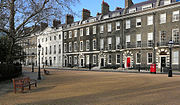
Bloomsbury is a district in the West End of London, part of the London Borough of Camden in England. It is considered a fashionable residential area, and is the location of numerous cultural, intellectual, and educational institutions. Bloomsbury is home of the British Museum, the largest museum in the United Kingdom, and several educational institutions, including University College London and a number of other colleges and institutes of the University of London as well as its central headquarters, the New College of the Humanities, the University of Law, the Royal Academy of Dramatic Art, the British Medical Association and many others. Bloomsbury is an intellectual and literary hub for London, as home of world-known Bloomsbury Publishing, publishers of the Harry Potter series, and namesake of the Bloomsbury Group, a group of British intellectuals which included author Virginia Woolf, biographer Lytton Strachey, and economist John Maynard Keynes.

Holborn is an area in central London, which covers the south-eastern part of the London Borough of Camden and a part of the Ward of Farringdon Without in the City of London.
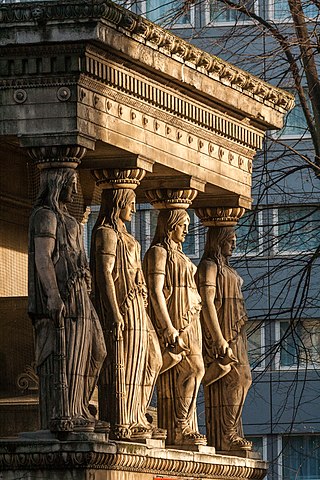
St Pancras is a district in central London. It was originally a medieval ancient parish and subsequently became a metropolitan borough. The metropolitan borough then merged with neighbouring boroughs and the area it covered now forms around half of the modern London Borough of Camden. The area of the parish and borough includes the sub-districts of Camden Town, Kentish Town, Gospel Oak, Somers Town, King's Cross, Chalk Farm, Dartmouth Park, the core area of Fitzrovia and a part of Highgate.

King's Cross is a district in the London Boroughs of Camden and Islington, it’s on either side of Euston Road, in the outskirts of north London and central London, England, 1.5 miles (2.4 km) north of Charing Cross. It is bordered by Barnsbury to the north, Clerkenwell to the southeast, Angel to the east, Holborn and Bloomsbury to the south, Euston to the west and Camden Town to the northwest. It is served by two major rail termini, St Pancras and King's Cross. King's Cross station is the terminus of one of the major rail routes between London and the North.
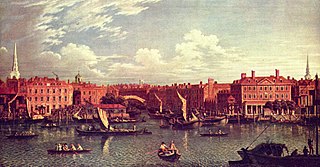
The River Fleet is the largest of London's subterranean rivers, all of which today contain foul water for treatment. It has been used as a sewer since the development of Joseph Bazalgette's London sewer system in the mid-19th century with the water being treated at Beckton Sewage Treatment Works. Its headwaters are two streams on Hampstead Heath, each of which was dammed into a series of ponds—the Hampstead Ponds and the Highgate Ponds—in the 18th century. At the southern edge of Hampstead Heath these descend underground as sewers and join in Camden Town. The waters flow 4 miles (6 km) from the ponds.
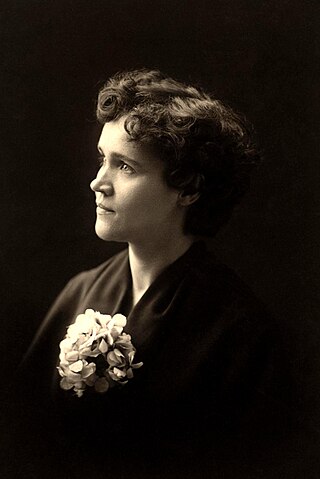
Voltairine de Cleyre was an American anarchist known for being a prolific writer and speaker who opposed capitalism, marriage, and the state, as well as the domination of religion over sexuality and over women's lives, all of which she saw as interconnected. She is often characterized as a major early feminist because of her views.
Anarchism without adjectives is a pluralist tendency of anarchism that opposes sectarianism and advocates for cooperation between different anarchist schools of thought. First formulated by the Spanish anarchists Ricardo Mella and Fernando Tarrida del Mármol, as a way to bridge the ideological divide between the collectivists and communist factions, it was later adopted by the Italian anarchist Errico Malatesta and the American individualist Voltairine de Cleyre.

Red Lion Square is a small square in Holborn, London. The square was laid out in 1684 by Nicholas Barbon, taking its name from the Red Lion Inn. According to some sources, the bodies of three regicides—Oliver Cromwell, John Bradshaw and Henry Ireton—were placed in a pit on the site of the square.

Gray's Inn Road is an important road in Central London, located in the London Borough of Camden. The road begins at its junction with Holborn at the City of London boundary, passes north through the Holborn and King's Cross districts and terminates at King's Cross railway station. It is designated as part of the A5200 road.

The Lamb is a Grade II listed pub at 94 Lamb's Conduit Street, in the London Borough of Camden, London.
Lamb's Conduit Field, also known as Lamb's Conduit Fields was an open area in what is now the London Borough of Camden. The fields lay north of the Lamb's Conduit water feature that gave it its name, and lay mostly in the parish of St Pancras. It was a noted cricket venue in the first half of the 18th century.

Holborn and Covent Garden is a ward of the London borough of Camden, in the United Kingdom. As the name suggests, it covers the parts of Holborn and Covent Garden that lie in Camden; the eastern part of Holborn lies in the City of London and the southern part of Covent Garden lies in the City of Westminster. For elections to Parliament, Holborn and Covent Garden is part of Holborn and St Pancras.
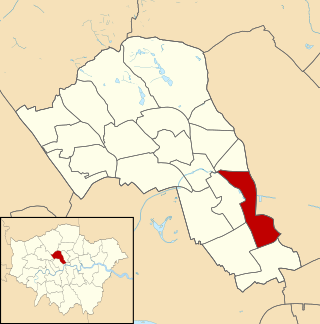
King's Cross is a ward of the London borough of Camden, in the United Kingdom. The ward has existed since the creation of the borough on 1 April 1965 and was first used in the 1964 elections. The population of the ward at the 2011 Census was 11,843. In 2018, the ward had an electorate of 7,274. The Boundary Commission projects the electorate to rise to 8,459 in 2025.

William Lambe (1495–1580) was a wealthy cloth merchant in the City of London during Tudor times who engaged in a wide range of philanthropic deeds, most notably endowing the construction of St James' Church, Islington, the construction of the eponymous Lamb's Conduit, traces of which remain in a number of London street names, and the endowment of Sutton Valence School. He was a devout protestant and was friends with a number of notable protestant clerics of the time.
This is a list of the etymology of street names in the London district of Holborn. Holborn has no formally defined boundaries - those utilised here are: Theobald’s Road to the north, Gray's Inn Road and the City of London boundary to the east, Victoria Embankment/the Thames to the south, and Lancaster Place, the north-west curve of the Aldwych semi-circle, Kingsway/Southampton Row to the west.
This is a list of the etymology of street names in the London district of Bloomsbury. The following utilises the generally accepted boundaries of Bloomsbury viz. Euston Road to the north, Gray's Inn Road to the east, New Oxford Street, High Holborn, Southampton Row and Theobald's Road to the south and Tottenham Court Road to the west.
La Société mourante et l'anarchie, translated as Moribund Society and Anarchy, is an 1893 book by Jean Grave that argues for the speedy disintegration of moribund societal institutions.
Hector De Claire (1836–1906) was a French-American tailor. Born into a Catholic family in Lille, he became a socialist and a freethinker at an early age. He emigrated to the United States, where he became a US citizen after fighting for the Union Army in the American Civil War. He plied his trade as an itinerant worker in Michigan, where he married Harriet Elizabeth Billings and had three children: Marion, Adelaide and Voltairine. After Marion's death at a young age, the family moved to St. Johns, where they lived in extreme poverty. In order to find better work, he left his family and moved to Port Huron, where he was later joined by his daughter Voltairine. He paid for her education at a Catholic school in Canada, after which he resumed itinerant labor and later retired to Milwaukee, Wisconsin, where he died.
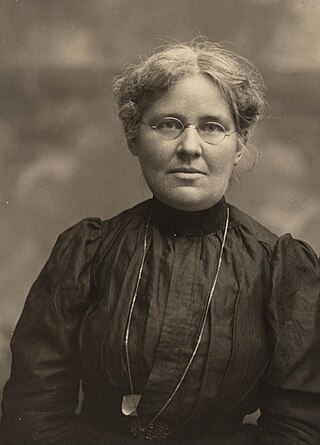
Adelaide De Claire Thayer (1864–1945) was an American schoolteacher and writer. Born into extreme poverty in Michigan, she and her younger sister Voltairine developed a love of reading and writing at an early age. After Adelaide fell ill, Voltairine was sent away to be educated in a convent, but the two kept in touch through letters. They continued to exchange correspondence with each other into adulthood, with Voltairine telling Adelaide of her work as a tutor and public speaker, as well as her romantic partners, although the two disagreed on politics and rarely spoke on the matter. Although Adelaide herself had wanted to become a journalist, her mother pressured her into work as a schoolteacher. She later converted to Baptist denomination and married two working class men, which her mother disliked. After Voltairine's death, Adelaide became a key primary source in her life and collector of her works, supplying Joseph Ishill and Agnes Inglis with many letters, which are today in the respective collections of Harvard University and the University of Michigan.
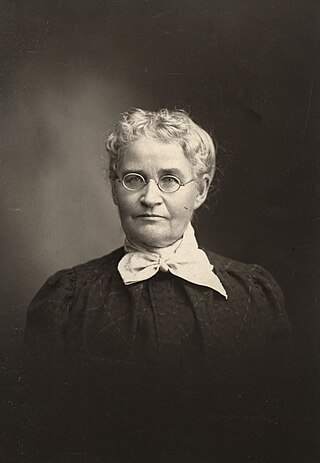
Harriet Elizabeth De Claire was an American seamstress and writer. Born into a Puritan New Englander family associated with the abolitionist movement, she moved to Michigan and married Hector De Claire, with whom she had three daughters. After the death of their oldest daughter, Marion, they moved to St. Johns, where the family lived in extreme poverty. During their childhood, her daughters Adelaide and Voltairine developed a love of reading, which Harriet nurtured with the poetry of Lord Byron. But their financial situation also made Harriet emotionally distant from her children, which Adelaide would come to forgive, but Voltairine would not. After her children grew up, she kept in constant touch with Voltairine, even as her child's politics grew more radical and distant from Harriet's social conservatism. Her correspondence with Voltairine, which lasted up until her death, became a key primary source on her life and was collected in Harvard University's Ishgill Collection and the University of Michigan's Labadie Collection. Harriet De Claire spent the rest of her life in St. Johns, where she died in 1927.
















